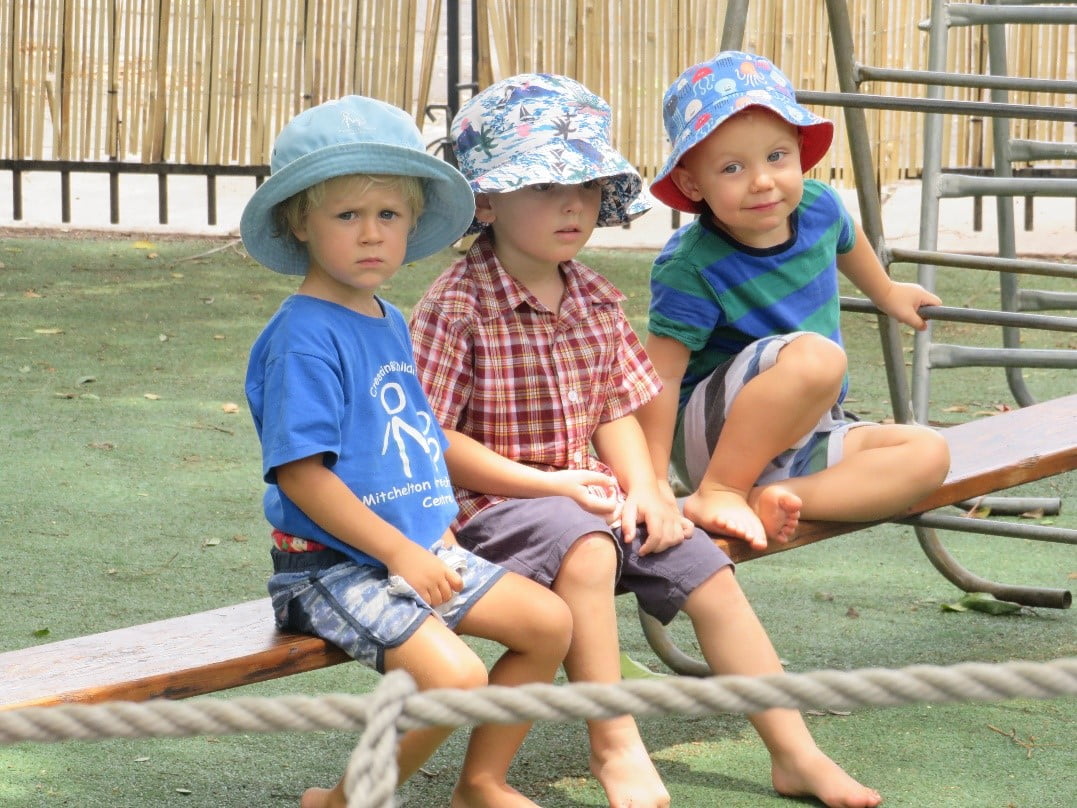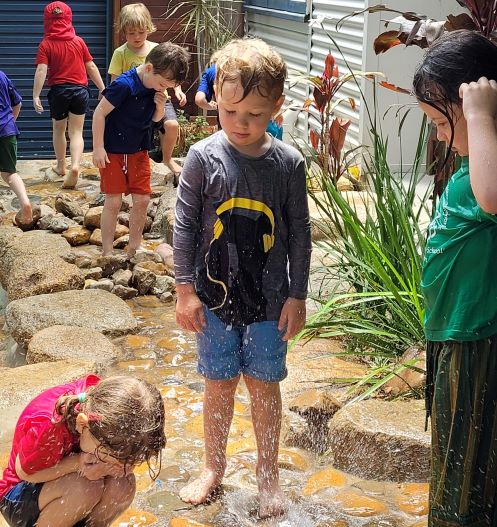
Screen Time Confusion!
August 10, 2018
Saying goodbye…
February 8, 2019If a book makes children laugh, cry, squeal, shiver, or wriggle and jiggle in some way it takes up residence in their hearts and stays there forever. (Mem Fox, 2001).
Colin Thiele, an Australian children’s author, claims he learnt more about reading and writing because his teacher would read aloud to her class on wet days. Roald Dahl, British writer, also claimed that being read to was his happiest memory and that it taught him more about writing than formal English lessons were ever able to. Mem Fox, author of many well-loved children’s picture books says that the best time to start reading aloud to a baby is the day it is born.
Children like their parents to be parents, not teachers. The roles are quite different, and it’s precisely the laid-back, lets’-have-fun, relaxed-and-comfortable role of a parent that is so powerful in helping children first to love reading and then to be able to read by themselves.
Children are curious about written language. They ask many questions about letters, words, and print. Children observe print all around them in everyday life, shop signs (McDonalds), road signs (STOP), their name on their lunch box. Young children see and react to symbols that have meaning to them. When children think of themselves as readers, they become more involved or motivated to decipher words.
Young children like to scribble, write their names, pretend to write words, sentences, stories, lists and invent stories. Exploration and experimentation allows children to try out and perfect their early forms of reading and writing. Children play with print as they play out their real life experiences in which print becomes meaningful for them. They learn how to:
- handle a book and to listen to and use ‘book language’
- interpret ideas in pictures and link the ideas with words that represent the ideas
- become readers by retelling stories which have been read to them
- become writers by telling their own stories to appreciative listeners
- focus on letters and the sounds they make
- analyse differences between letters and the words they form
- identify print as it appears in different forms and in different places such as their name or a breakfast cereal logo..
Research clearly indicates that reading aloud to children has enormous benefits for children’s listening, foundational literacy skills and positive attitude to learning to read. It is also clearly evident that the benefits do not disappear as children begin to read for themselves. So… keep on reading!
Mem Fox’s 10 Read Aloud Commandments
(from her book Reading Magic)
- Spend at least ten wildly happy minutes every single day reading aloud.
- Read at least three stories a day: it may be the same story three times. Children need to hear a thousand stories before they can begin to learn to read.
- Read aloud with animation. Listen to your own voice and don’t be dull, or flat, or boring. Hang loose and be loud, have fun and laugh a lot.
- Read with joy and enjoyment: real enjoyment for yourself and great joy for the listeners.
- Read the stories that the kids love, over and over and over again, and always read in the same ‘tune’ for each book: i.e. with the same intonations on each page, each time.
- Let children hear lots of language by talking to them constantly about the pictures, or anything else connected to the book; or sing any old song that you can remember; or say nursery rhymes in a bouncy way; or be noisy together doing clapping games.
- Look for rhyme, rhythm or repetition in books for young children, and make sure the books are really short.
- Play games with the things that you and the child can see on the page, such as letting kids finish rhymes, and finding the letters that start the child’s name and yours, remembering that it’s never work, it’s always a fabulous game.
- Never ever teach reading, or get tense around books.
- Read aloud every day because you just love being with your child, not because it’s the right thing to do. This is as important for fathers as it is for mothers!





